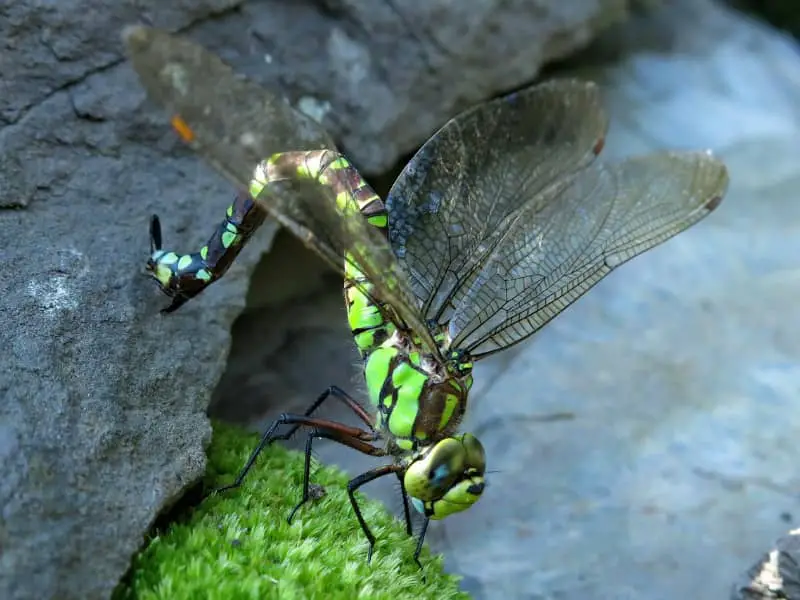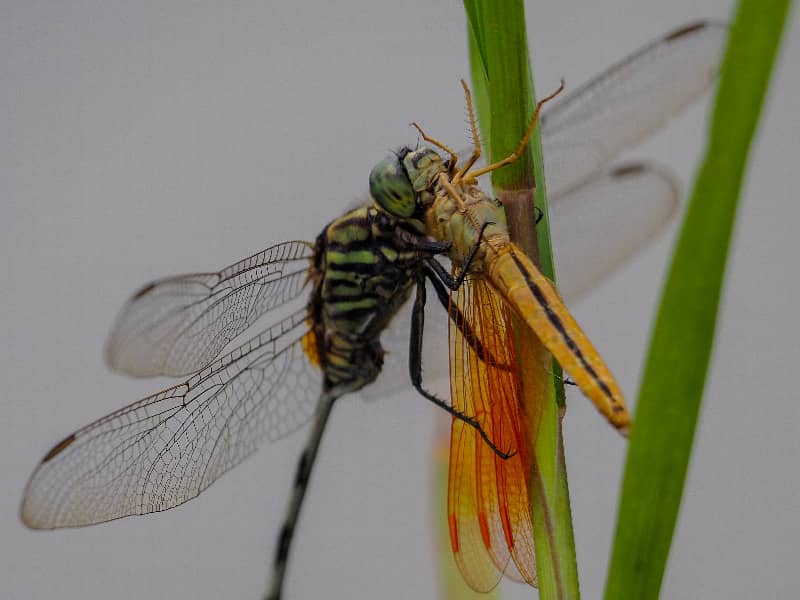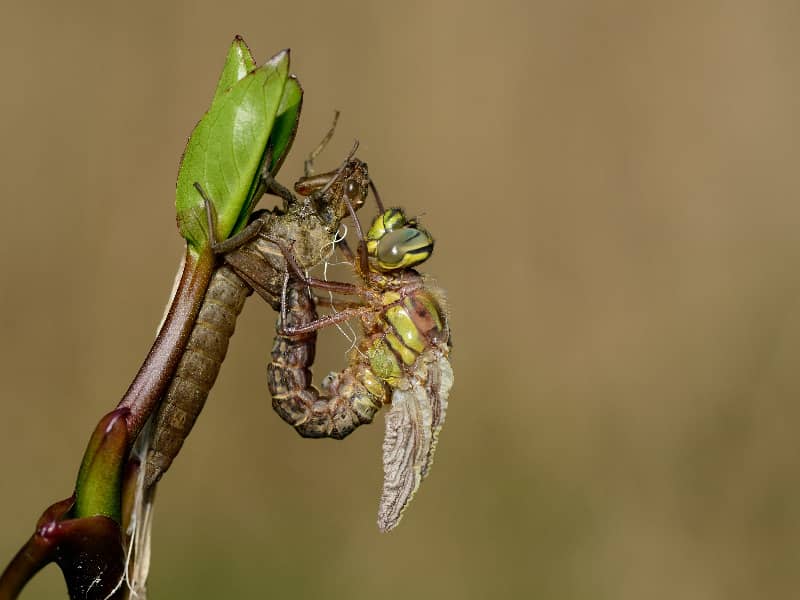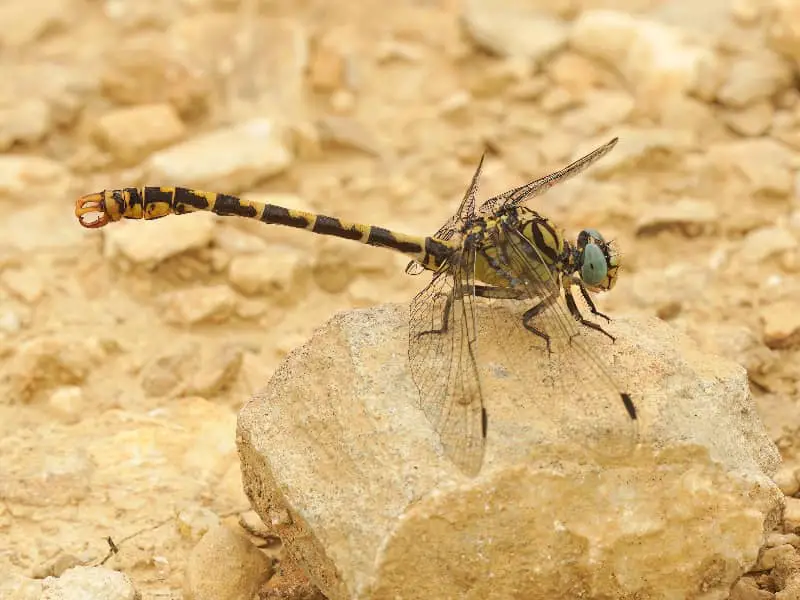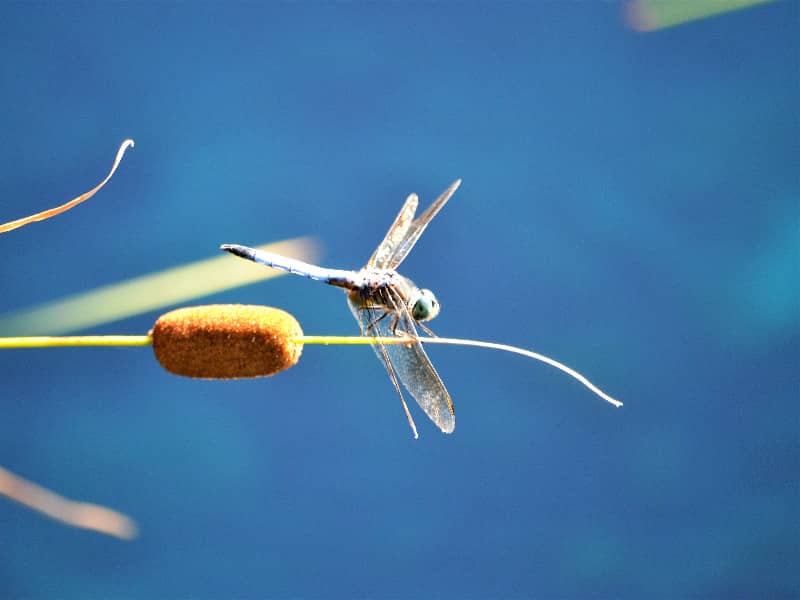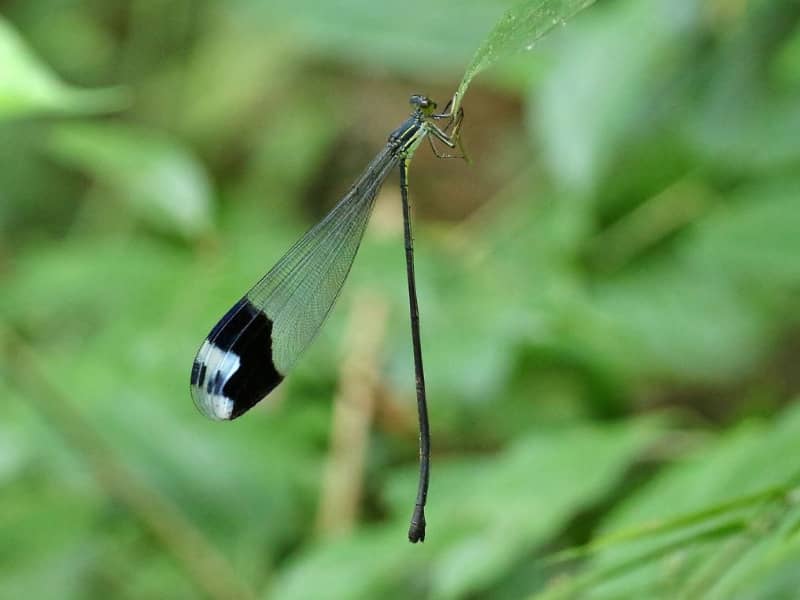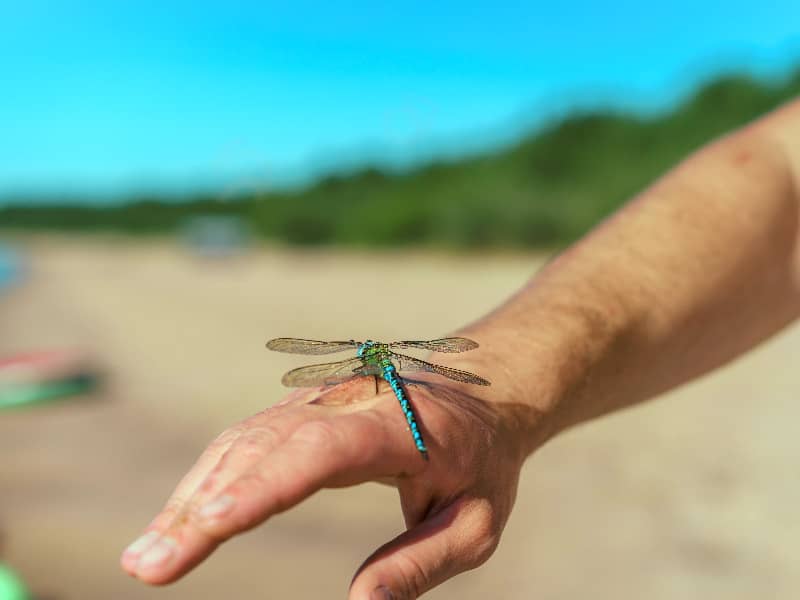
Flying giants: Discover the world of large dragonflies
Large dragonflies are fascinating insects that attract attention with their impressive sizes and colors. These flight artists have been admired and studied by humans for centuries. Large dragonflies belong to the dragonfly family and are known for their graceful flight maneuvers and unique characteristics.
- Flying giants: Discover the world of large dragonflies
- Features and habitat of large dragonflies
- The life cycle of the large dragonflies
- The importance of large dragonflies in ecosystems
- The most known species of dragonflies
- Tips for the detection and identification of large dragonflies
- Efforts to protect dragonflies
- Interesting facts about large dragonflies
- Conclusion
- FAQ:
Size is the most striking feature of the damselflies. They can reach a wingspan of up to 15 centimeters, making them the world's largest flying insects. Their striking colors and patterns make them true jewels of the skies. However, large dragonflies are not only beautiful to look at, they are also extremely efficient hunters. With their large eyes, they can locate their prey from a great distance and strike with incredible speed.
Features and habitat of large dragonflies
Large dragonflies are common in different parts of the world and inhabit a variety of habitats. They are often found near bodies of water because they lay their eggs in water. Large dragonfly larvae live in water and feed on small insects and other aquatic organisms. Once they are fully grown, they hatch out of the water and transform into the impressive flying giants we know.
One of the most remarkable features of large dragonflies is their ability to mate in flight. This spectacular behavior can be observed in the air and is an impressive spectacle. Mating can take several hours and requires precise coordination of flight maneuvers. Once the mating ritual is complete, the females lay their eggs in the water and the life cycle begins anew.
The life cycle of the large dragonflies
The life cycle of the damselfly is fascinating and full of changes. It begins with the laying of eggs in the water by the female. The eggs hatch into larvae called nymphs. These nymphs live in the water and go through several molting stages as they grow and develop. After some time, the adult nymph leaves the water and climbs onto a suitable substrate to pupate.
During pupation, an amazing transformation takes place. The body structure of the nymph is transformed and a fully developed large dragonfly emerges. After hatching from the pupa, it takes some time for the wings to unfold and harden. Once this happens, the large dragonfly begins to fly and search for food. The entire life cycle of a damselfly can take several months to a year, depending on the species and environmental conditions.
The importance of large dragonflies in ecosystems
Large dragonflies play an important role in the ecosystems in which they occur. As predators, they help regulate insect populations by eating a variety of prey. In doing so, they help maintain balance in ecosystems. Large dragonflies are also indicators of water quality, as their presence and diversity indicate healthy water bodies.
Likewise, damselflies serve as a food source for other animals such as birds, fish and amphibians. Their rich protein and nutrient content makes them a valuable resource for wildlife. Without damselflies, the ecological balance would be disturbed and many animal species would be affected.
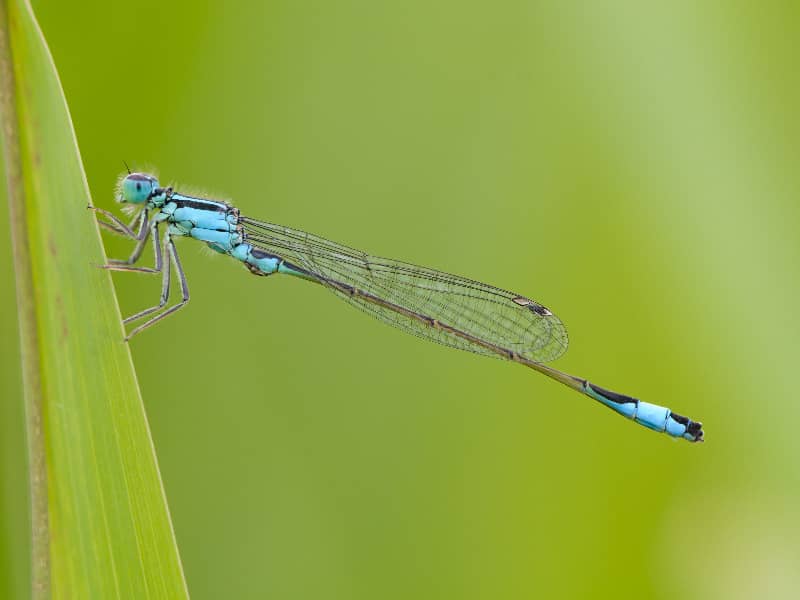
The most known species of dragonflies
There are many different species of damselflies around the world. Some of the best known species are the Blue-green Mosaic Damselfly, the Common Wedge Damselfly and the Large Damselfly. Each species has its own unique characteristics and behaviors that distinguish it from other species.
The blue-green mosaic dragonfly is one of the most colorful species. It has a striking blue-green coloration and is widespread in Europe. The Common Wedge-fly is a large and vigorous species, native mainly to river floodplains. It is distinguished by its wedge-shaped abdomen, which gives it its name. The Large damselfly is an impressive species with a wingspan of up to 16 centimeters. It is found in Asia and Africa and impresses with its size and beauty.
Tips for the detection and identification of large dragonflies
Identifying large dragonflies can be a challenge, especially for beginners. However, there are some tips that can help identify these fascinating insects. First, pay attention to the size and shape of the dragonflies. Large dragonflies have a much larger body size and wingspan compared to other species.
Another characteristic that can be helpful in identification is the coloration and patterning of dragonflies. Each species has its own characteristic colors and patterns that can help distinguish them. It is also important to pay attention to the flight patterns and behavior of dragonflies. Some species fly fast and aggressively, while others fly slower and more elegantly.
If you have difficulty identifying large dragonflies, it can be helpful to consult an identification book. These contain detailed information and pictures that can help with identification. It is also a good idea to participate in guided field trips or workshops to learn from experienced entomologists.
Efforts to protect dragonflies
Large dragonflies are endangered due to habitat loss and environmental pollution. Many species are threatened in their existence and urgently need protection measures. Fortunately, efforts are underway worldwide to protect large dragonflies and conserve their habitats.
One of the most important measures to protect damselflies is to preserve their habitats. Conservation of water bodies and wetlands is critical because these are the natural habitats of damselflies. By protecting these areas, dragonflies can find a safe habitat and continue to reproduce.
Likewise, education and awareness campaigns play an important role in promoting the protection of large dragonflies. By raising awareness of their importance and beauty, people can be encouraged to work to protect these fascinating insects. It is also important to educate the public about the effects of pollution and habitat loss and to find solutions to combat these problems.
Interesting facts about large dragonflies
- Large dragonflies can fly at speeds of up to 60 kilometers per hour.
- Their wings beat 30 times per second, which gives them their impressive flying ability.
- Large dragonflies have a life span of about one year, with most of the time spent in the larval and pupal stages.
- Some species of large dragonflies are able to change color to match their environment.
- Large dragonflies are excellent hunters and eat a variety of prey, including mosquitoes and flies.
Conclusion
Large dragonflies are fascinating insects that play an important role in ecosystems. Their impressive size, colorfulness and flying skills make them true giants of the air. It is important to protect their habitats and be aware of their importance to ensure their future. Through education and awareness, we can all help to protect and preserve the enchanting world of large dragonflies.
FAQ:
Question: Are large dragonflies dangerous to humans?
Response: No, large dragonflies are harmless to humans. They do not sting and are not aggressive toward humans. They are essentially beneficial insects that help control populations of mosquitoes and other nuisance insects.
Question: How long does it take for a large dragonfly to hatch from its chrysalis?
Response: The hatching process of a large dragonfly usually takes several hours. After the dragonfly hatches from the pupa, it takes several more hours for its wings to fully unfold and harden.
Question: How to distinguish large dragonflies from other dragonfly species?
Response: Size and wingspan are good indicators for distinguishing damselflies from other dragonfly species. Large dragonflies have a much larger body size and wingspan compared to other species. Their striking colors and patterns can also help with identification.
Author
Last posts
- 15. March 2024ChickensRobuster Kunststoffzaun für Hühner – Tipps
- 13 October 2023DragonfliesBlue feather damselfly
- 12 October 2023DragonfliesYellow dragonfly - What are the species?
- 12 October 2023DragonfliesEarly Adonis Damselfly

